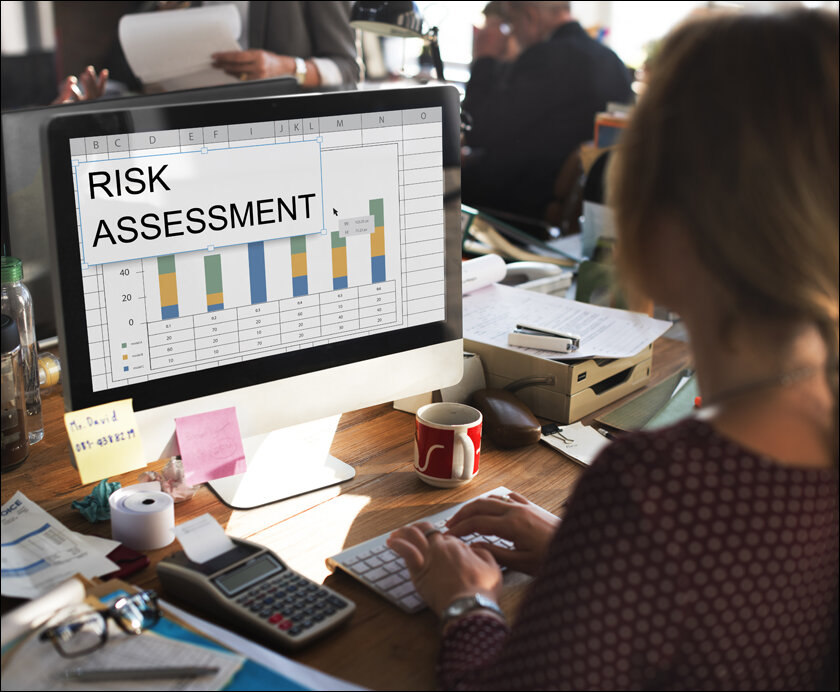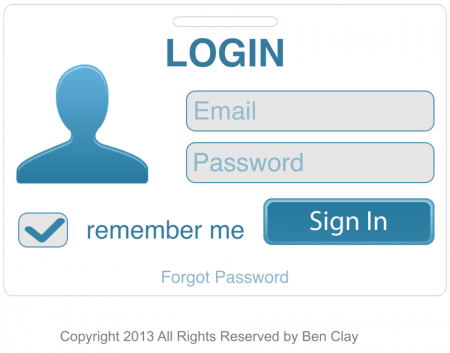Effective data protection hinges on data classification and risk assessment. This article explores how classifying data based on sensitivity enables targeted security measures and efficient resource allocation.
A cornerstone of modern information management is the protection of data, which fundamentally relies on two processes: data classification and risk analysis.
Data classification enables organizations to group data systematically in categories and select and rank it as per the mandatory measures of sensitivity and utility. Normally, data is labeled as public, internal, confidential, and highly confidential depending on the level of security involved. This is an effective way of identifying data that should be protected and placing measures to ensure they are secured. For example, it is possible to apply different levels of security depending on whether data is considered as personally identifiable information (PII), protected health information (PHI), or of a financial nature, or if data is considered to be in the public domain.

Key Steps in Data Classification
How does one go about classifying data? The process typically involves several steps. Initially, data is inventoried to create a comprehensive list of all information assets. Following this, criteria for classification are defined, which might include the data’s origin, sensitivity, and regulatory requirements. Next, data is categorized according to these criteria, and appropriate security controls are implemented. Regular reviews and updates are essential to maintain the relevance of the classification scheme. It’s an ongoing task, isn’t it?
Benefits of Data Classification
1. Enhanced Security: Sensitive data must be adequately protected to reduce unauthorized access and potential data breaches.
2. Regulatory Compliance: Data classification allows businesses to identify which data falls under regulatory compliance, enabling them to implement the necessary controls and procedures to ensure compliance.
3. Improved Data Management: Data classification helps companies streamline processes such as data storage, backup, and retrieval.

Risk Assessment
Risk assessment is a method of identifying threats to data and determining the likelihood of occurrence of these threats. It helps business organizations to understand the risk associated with their data and hence take the right measures to protect it.
Key Steps in Risk Assessment
1. Identify Risks: This involves evaluating risks that may pose a threat to the security of the organization such as hacking, damages to the organizational hardware, or even natural disasters.
2. Assess Vulnerabilities: After the risks are identified, the subsequent step is the assessment of the weaknesses in the organization’s data protection framework. This means reviewing sections such as firewall, encryption type, and access control to identify risks.
3. Evaluate Consequences: After defining the risks, firms should assess the consequence of the breach of data or a security incident. This includes material loss, loss of reputation, and legal repercussions.
4. Quantify and Prioritize Risks: This is where the identified risks and the impact they are likely to have on the organization are evaluated. It also helps in understanding which risks to address first and how to do it.
5. Develop Mitigation Strategies: Lastly, risk assessment helps organizations to implement controls and protection mechanisms that would deal with the risks and its effects. This can include measures like data encryption, security awareness and training, and incident response.
Data classification and risk assessment are two interrelated processes that should be used in tandem to achieve an enhanced protection of data. Data classification helps create the basis of data protection, as it divides data according to its criticality, a crucial step in managing threats. Risk assessment, however, enables one to identify the specific risks and threats arising from the different categories of data thus enabling the proper implementation of measures appropriate for each category.
The integration of these best practices leads to the design of a comprehensive framework that assists an organization in properly applying their resources, selecting the right security measures to address possible risks, as well as to adequately manage possible threats to the organization.

The Role of Technology
Data classification tools rely on recognition techniques that are based on machine learning for analysis of data for classification based on specific rules and techniques. The tools assist organizations in this process by easing the burden of having to classify data manually; it also eliminates human mistakes and supports consistency.
Likewise, there is risk assessment software that can aid companies through the assessment of relative risks through other factors and presenting the organization with probable ratios. These tools can check for the areas that could be exploited; they can stage an attack and provide a list of areas that could pose a severe threat to any organization.
Classification of data and risk appraisal are essential theories in the management of data protection. In other words, classification helps organizations apply security measures that meet the needs of certain types of data and allocate resources accordingly. Risk analysis assists business organizations in assessing the strengths and weaknesses of their business environment so as to come up with a competent risk management programme. These practices when combined and supported by technology can greatly improve organizational data protection and guarantee the security of important data resources by protecting them from unauthorized access or manipulation while making them easily accessible by the authorized users.
In case you missed:
- How to Secure Your DevOps Pipelines?
- Supply Chain Attacks: Recognizing and Preventing Risks from Third Parties
- Zero Trust Security
- Understanding Data Residency
- All about Ransomware
- Understanding Phishing Attacks
- Balancing the Scales: AI Evolution vs Ethics
- Equipping Businesses with AI: Strategies and Best Practices
- Essential Skills You Need to Thrive in an AI-Driven Workplace
- 7 Sustainable Practices to Reduce IT’s Environmental Impact









